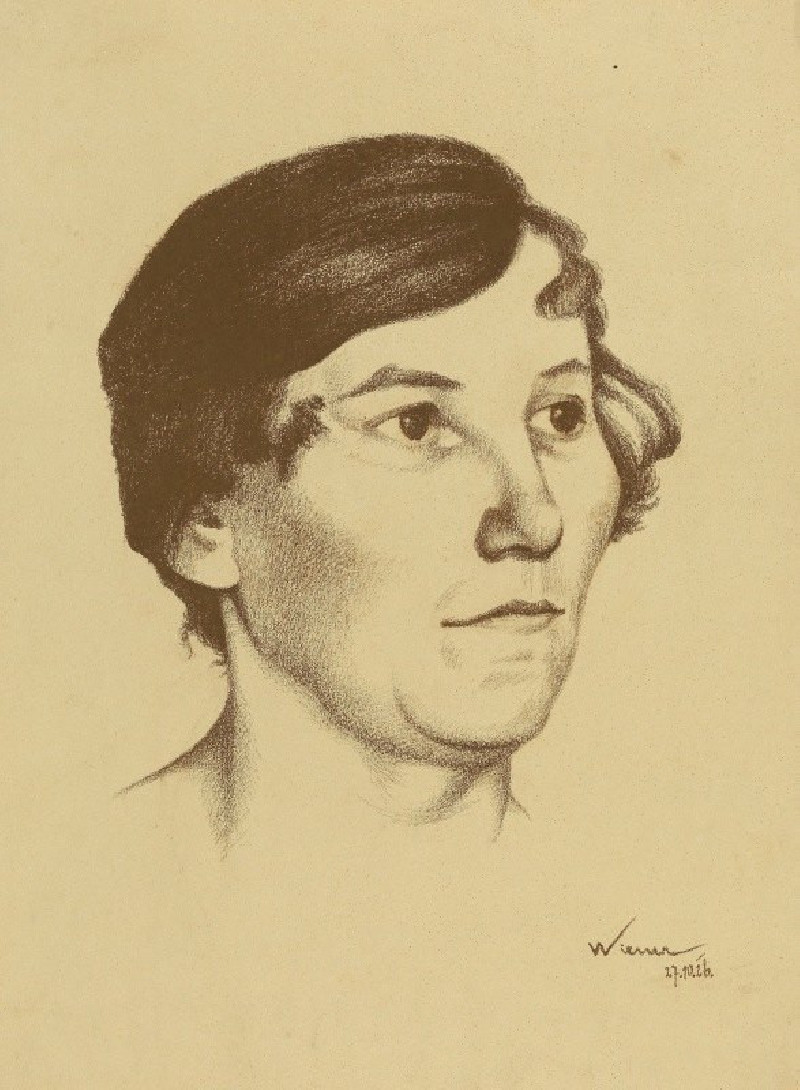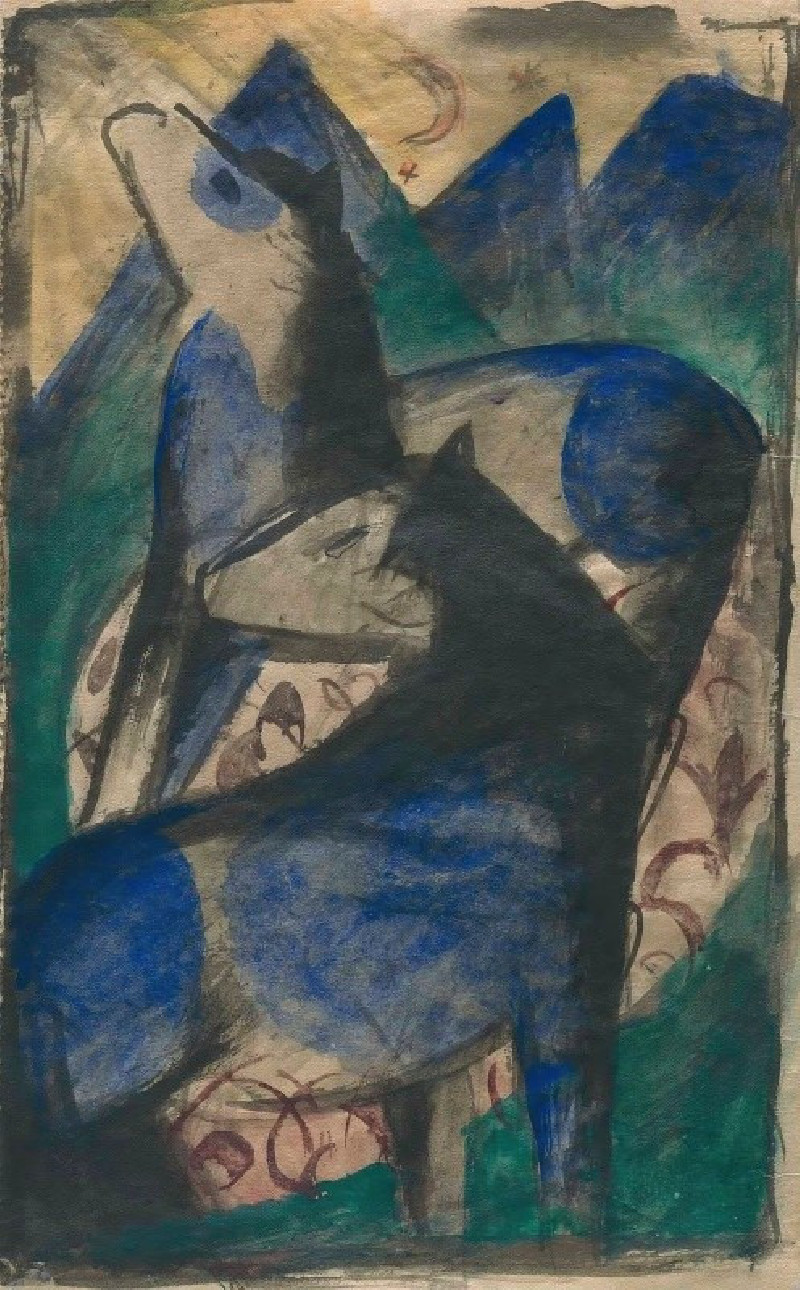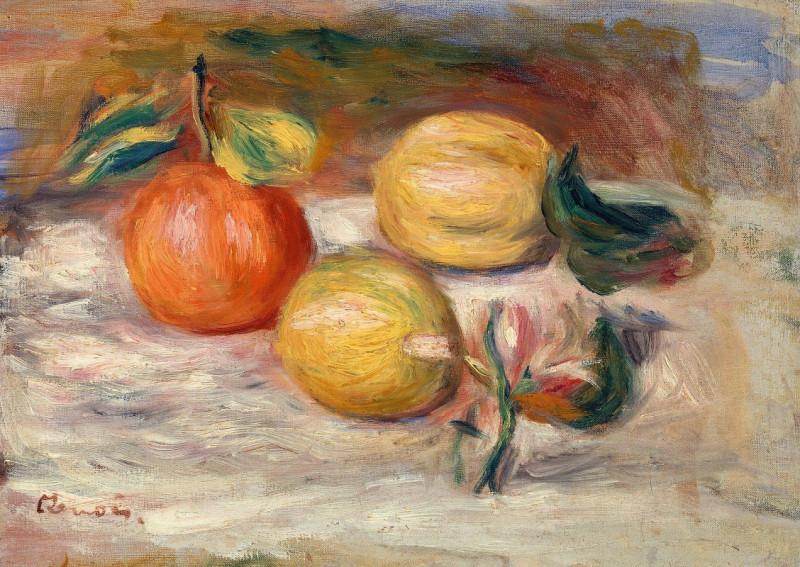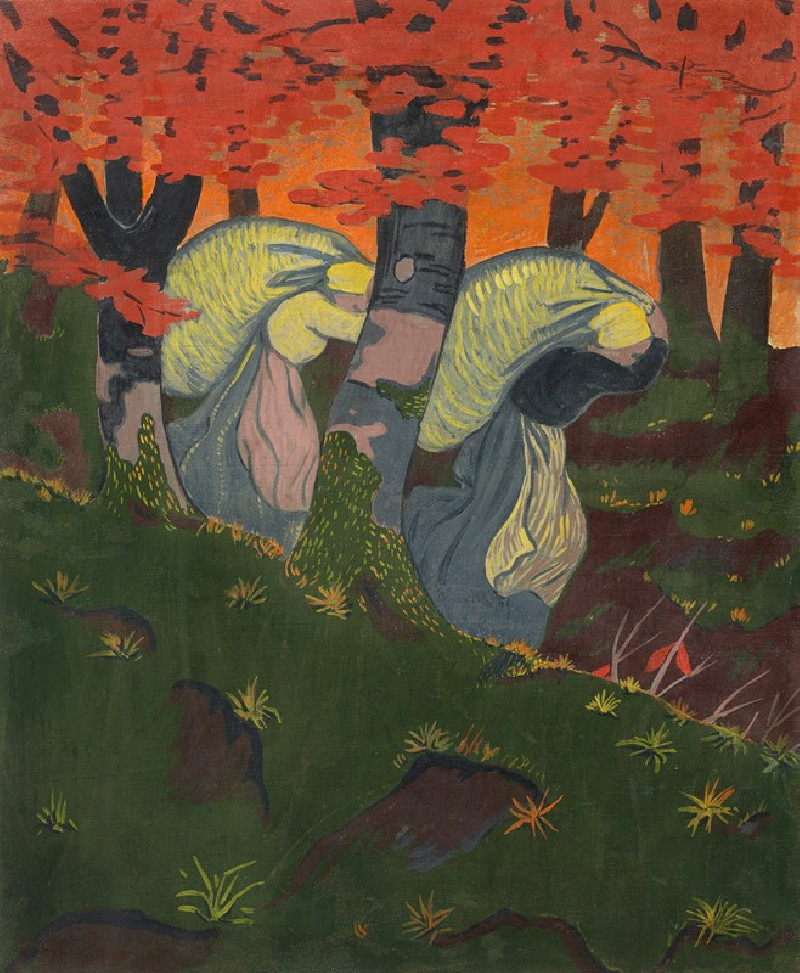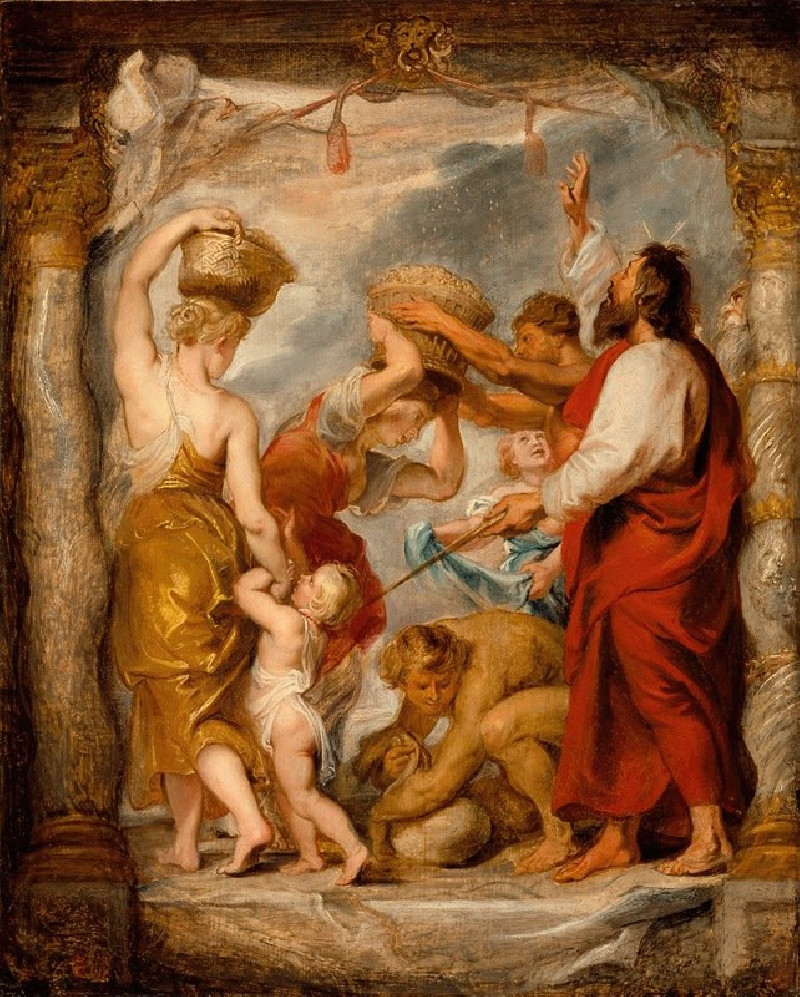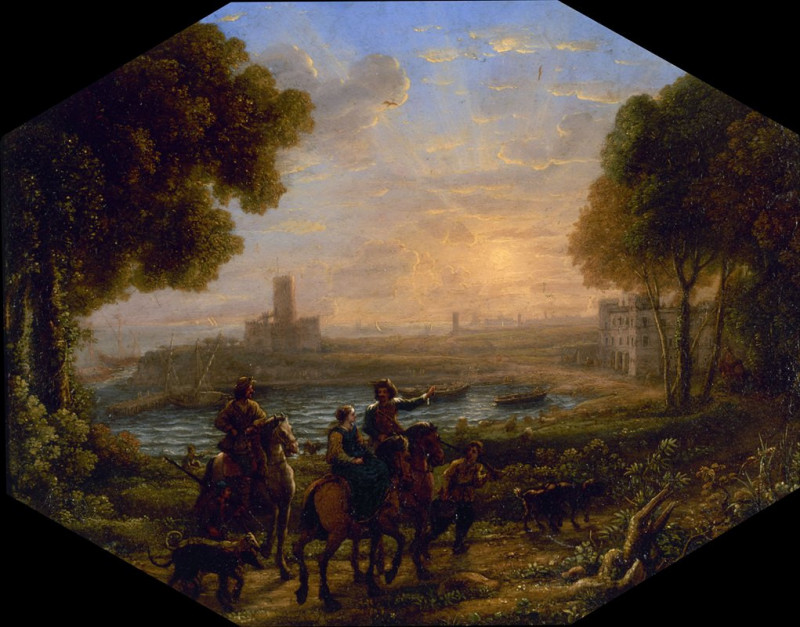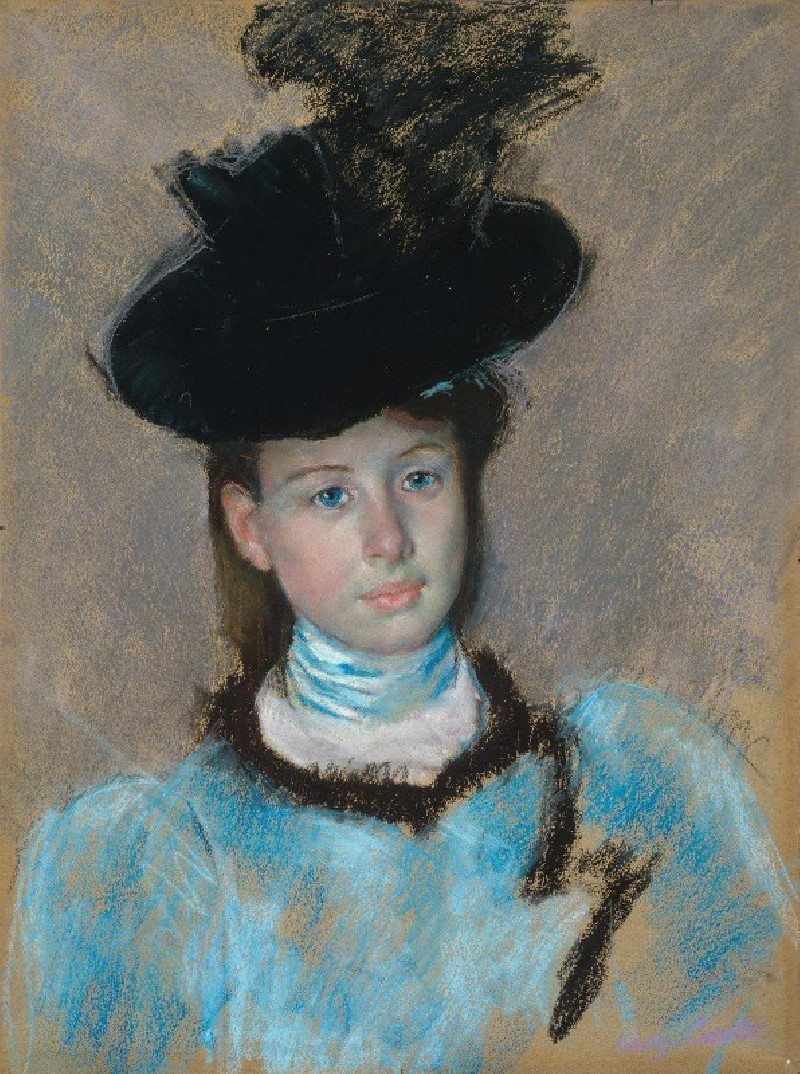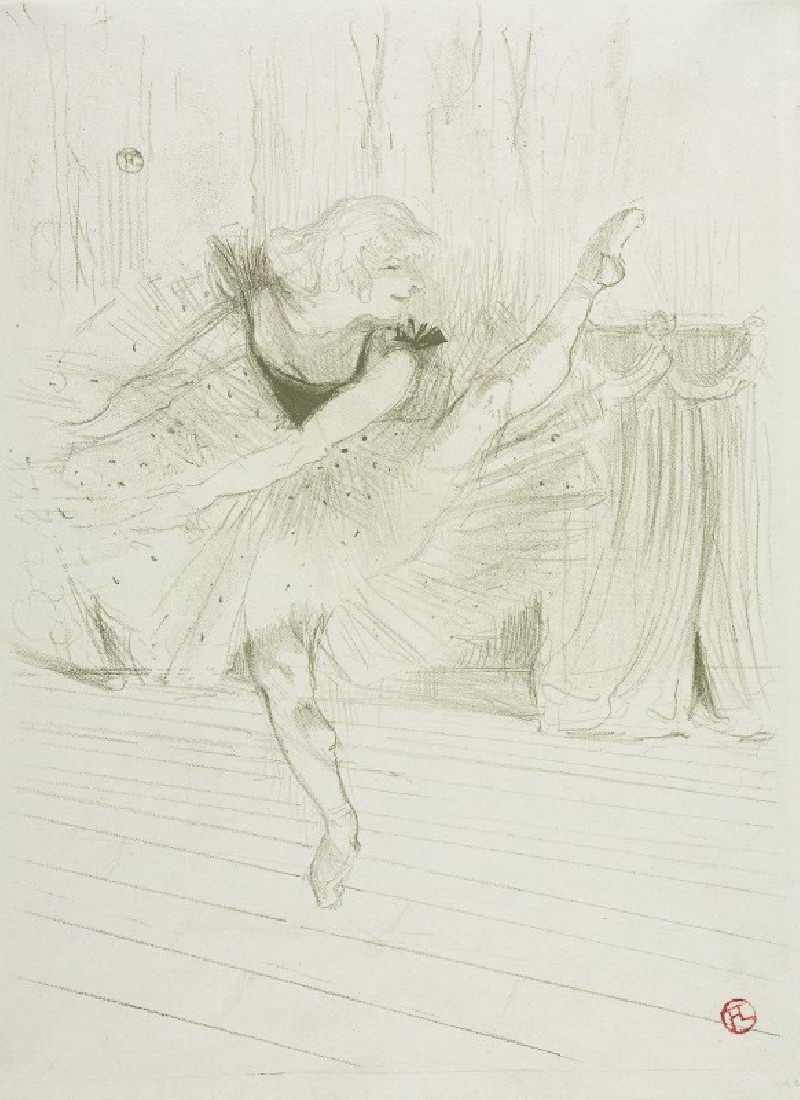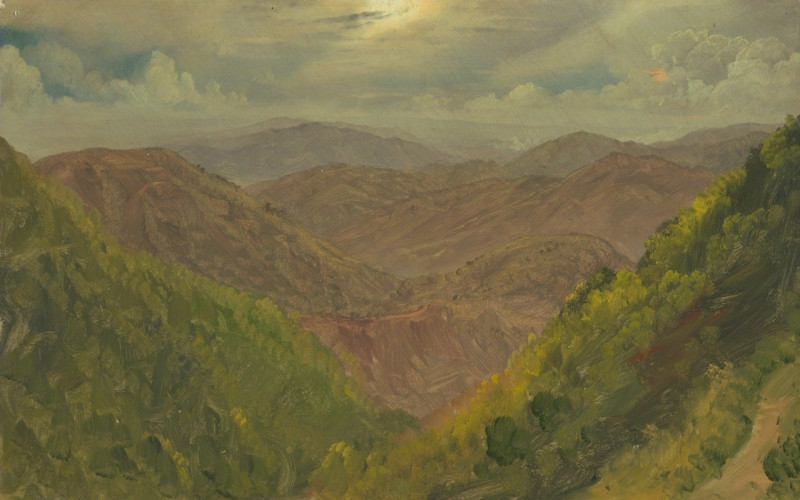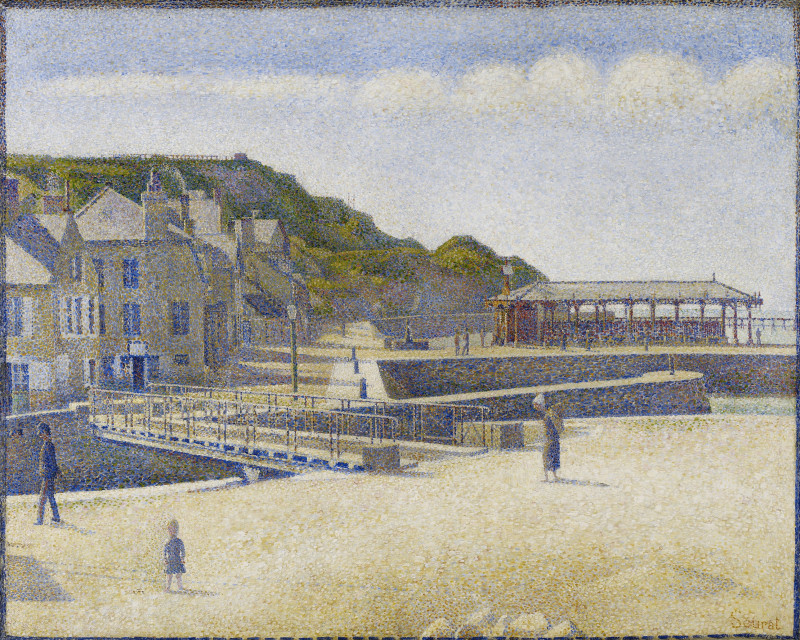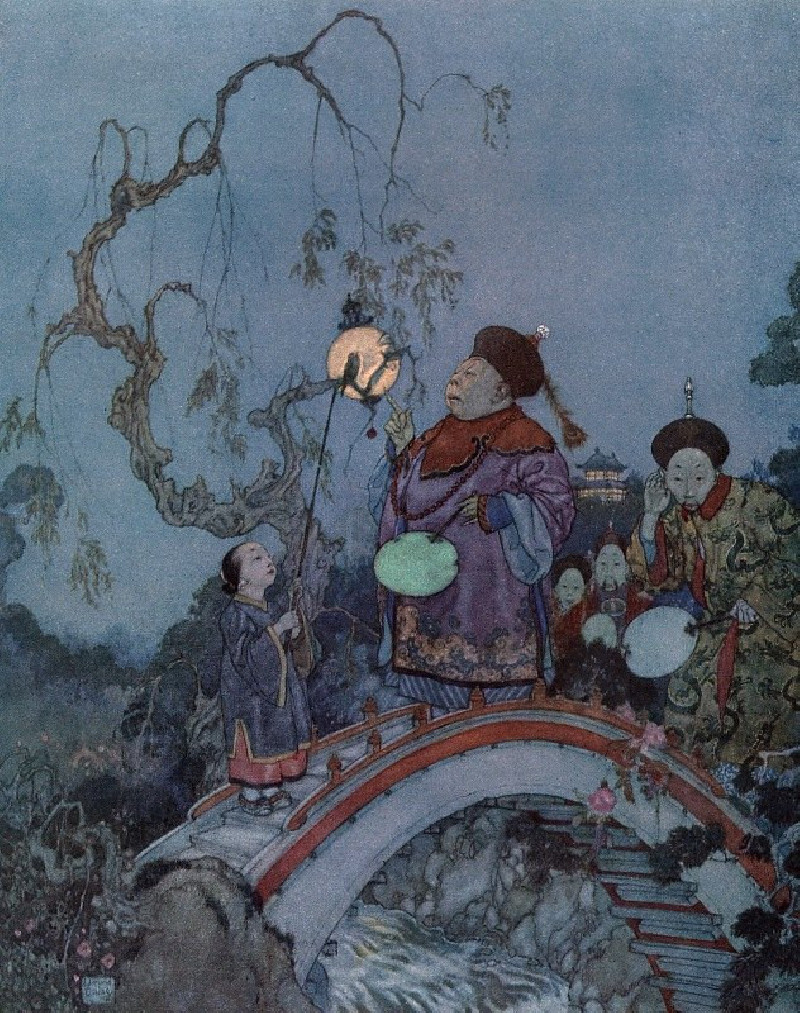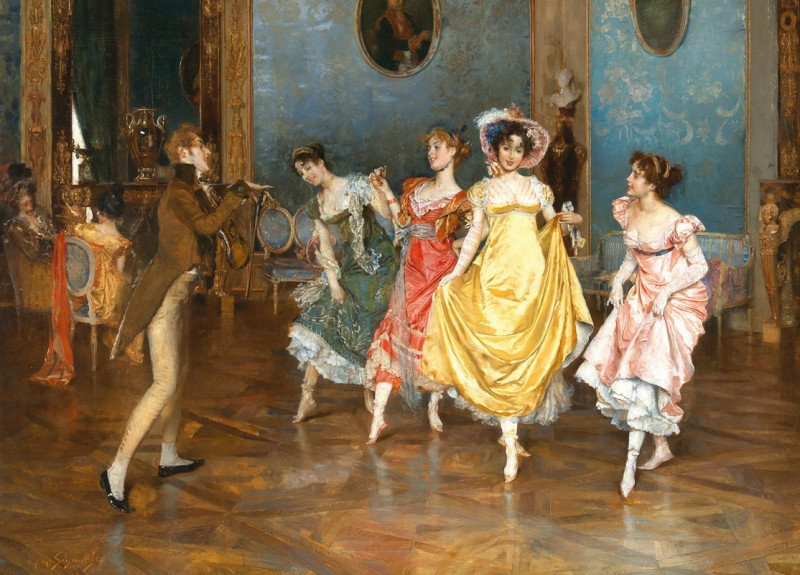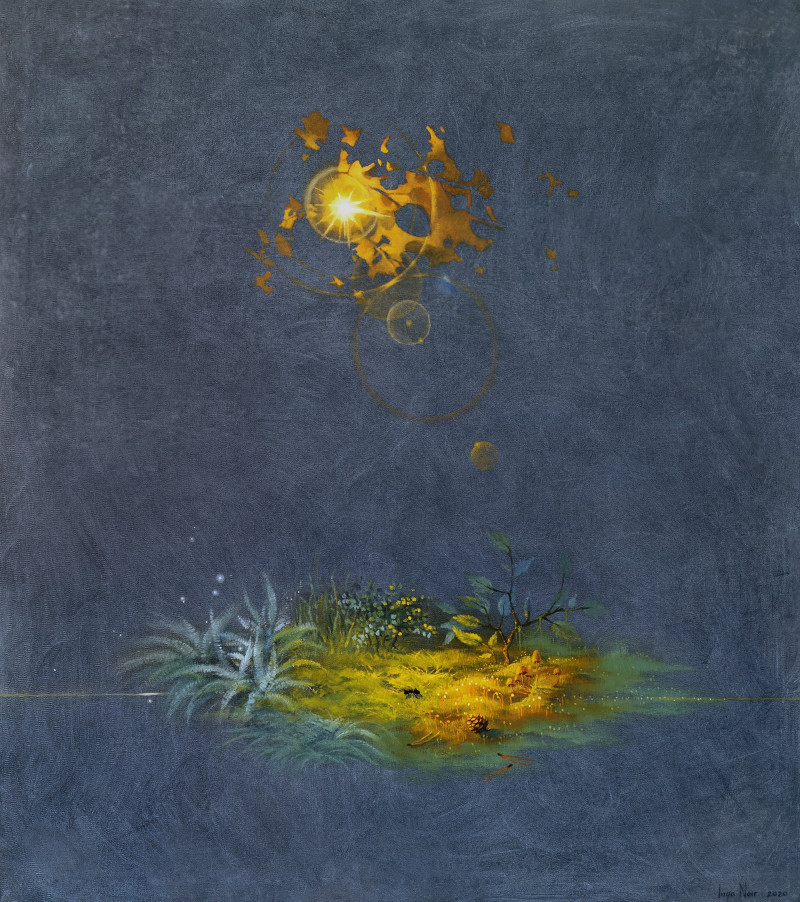weibliches Porträt I
Technique: Giclée quality print
Recommended by our customers
More about this artwork
"Weibliches Porträt I," a striking drawing by artist Karl Wiener, captures a serene moment of quiet contemplation through its skillful use of delicate pencil strokes. Known for his adeptness in portraying the human spirit through art, Wiener's distinct style shines in this intimately detailed portrait, composed in 1924.The artwork showcases a woman gazing off to the side, her expression filled with a calm introspection that invites viewers to ponder her thoughts or the quiet narrative captured within the frame. Her features are drawn with precision, emphasizing the soft contour of her cheek, the gentle slope of her nose, and her thoughtful eyes. The attention to detail in the shading of her hair and facial features adds depth and realism to the portrait."Weibliches Porträt I" stands as a testament to Wiener’s mastery in capturing the essence of human emotion and character. This piece is not just a visual representation but a story paused in time, a moment of someone's life beautifully encapsulated on paper. It is an ideal piece for those who appreciate fine sketches and the emotive power of portraiture.

